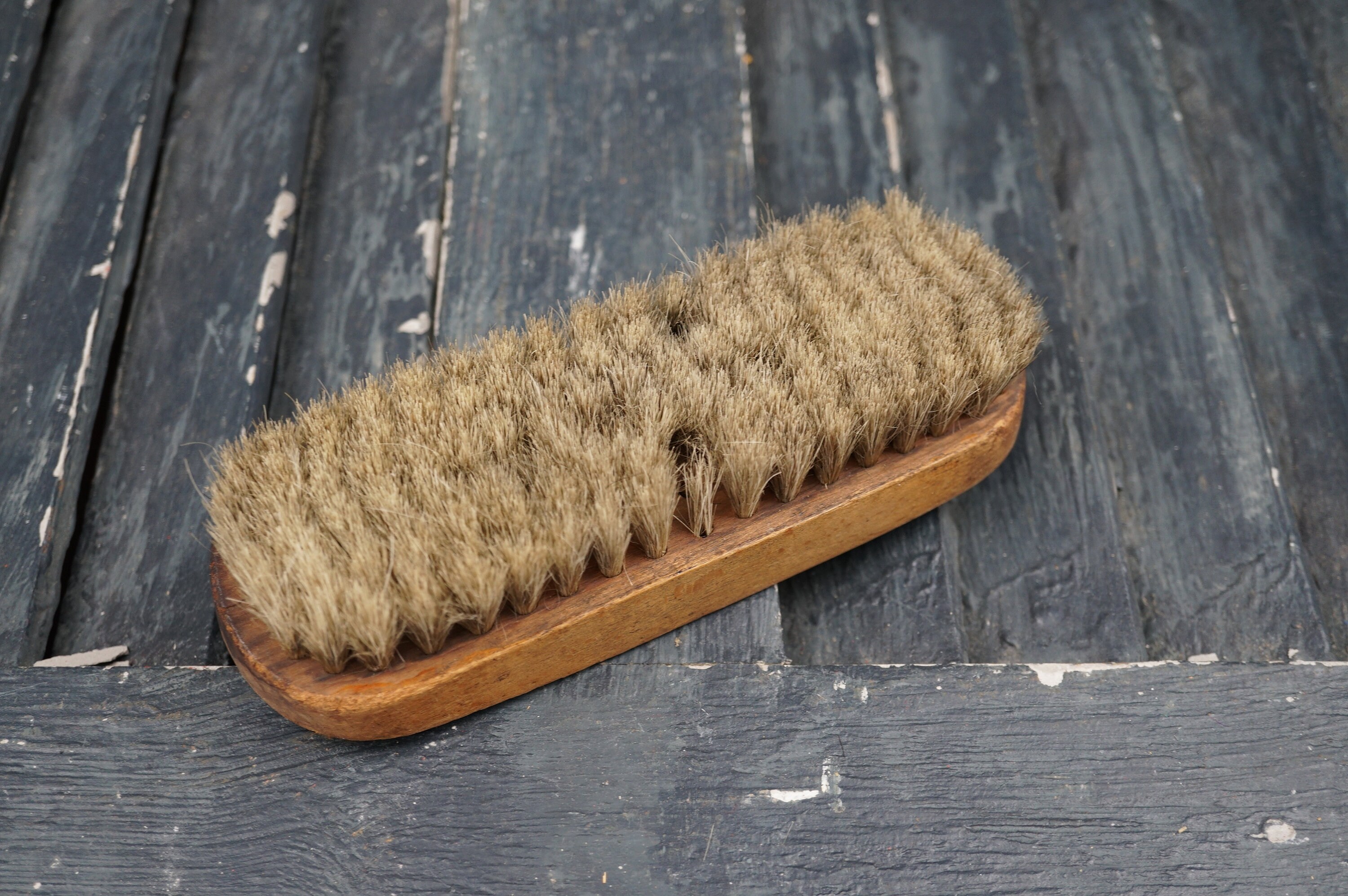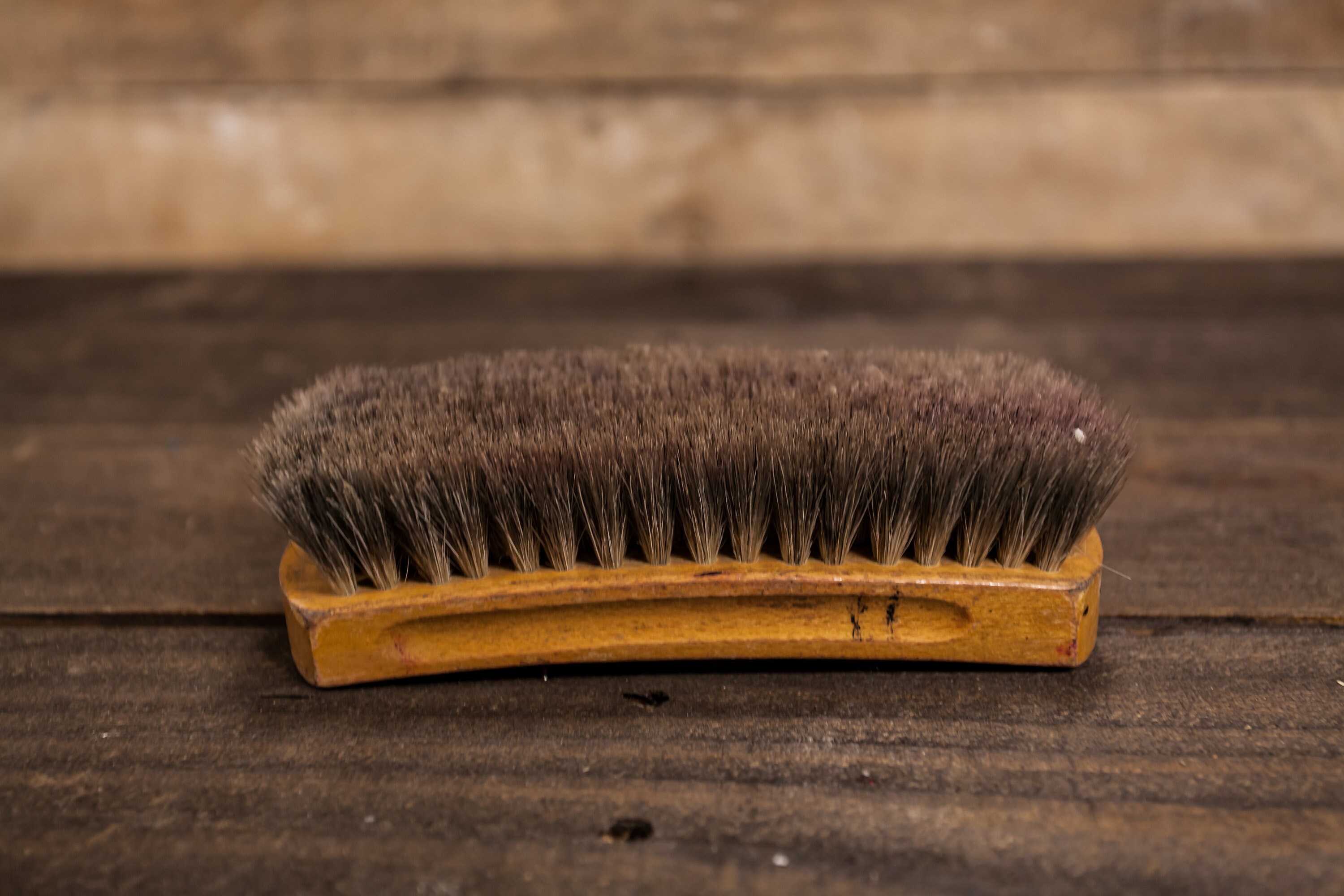

Ukiyo-e imagery includes women, actors, historical scenes, landscapes, flora and fauna, and erotica. Ukiyo-e – Known as the golden age of Japanese woodblock prints, the design, carving and printing were tasks performed by separate highly skilled artists/craftsmen. So here are a few brief explanations of the different eras of Japanese woodblock prints, how the art has evolved from the 17th century to present day, and how this fertile history has influenced my own creative process and way of thinking. Yet, words and historical context can give the viewer a richer understanding. What’s important is how art makes you feel. The meaning of Japanese woodblock print terms And most significant for artists, are the markedly different handling experiences between the two. With oil, the pigments are much weightier. With watercolor, the colors become luminous through their transparency – the light of the paper shines through the colors. The two processes simply have different aesthetics. In sum, because water and oil based inks have such different looks (and behaviors), the contrast between Japanese and Western processes may be compared to the distinction between watercolor and oil painting. Mostly referred to as ‘woodcut’, attention in the West is typically focused on the drawing-like cut lines in the wood – versus the flat, shadowless shapes of layered colors in the Japanese approach. In Europe, this medium was developed to an extraordinary degree during the Renaissance (notably, German artist Albrecht Dürer).

The image from the carved block may be transferred to the paper by pressures as varied as rubbing the back of the paper with a wooden spoon to using a mechanical press. This allows the font vendor to do special handling of the mark combination when doing further processing without requiring larger contextual rules.Unlike Japanese techniques, Western methods utilize viscose, tacky inks (historically oil based) applied to blocks with rubber-like rollers, called brayers. In Arabic it might be preferred to combine the shadda with fatha (0x0651, 0x064E) into a ligature before processing shapes. These two glyphs can then be correctly placed using GPOS. To avoid multiple glyph variants to fit all base glyphs, the character is decomposed into two glyphs.a dot above and a dot below. In Syriac, the character 0x0732 is a combining mark that has a dot above AND a dot below the base character. The feature should be processed as the first feature processed, and should be processed only when it is called. This feature permits such composition/decompostion. Additionally, it may be preferable to compose two characters into a single glyph for better glyph processing. The user applies this feature to text to enable localized Bulgarian forms of Cyrillic letters alternatively, the feature might enable localized Russian forms in a Bulgarian manufactured font in which the Bulgarian forms are the default characters.įunction: To minimize the number of glyph alternates, it is sometimes desired to decompose a character into two glyphs. This feature enables localized forms of glyphs to be substituted for default forms. In some cases the localized form differs only subtly from the script 'norm', in others the forms are radically distinct. For example, a number of letters in the Bulgarian and Serbian alphabets have forms distinct from their Russian counterparts and from each other. The glyph for ffl replaces the sequence of glyphs f f l.įunction: Many scripts used to write multiple languages over wide geographical areas have developed localized variant forms of specific letters, which are used by individual literary communities. This feature covers the ligatures which the designer/manufacturer judges should be used in normal conditions. A user inputs the P in Poetica, and is presented with a choice of the four standard capital forms, the eight swash capital forms, the initial capital form and the small capital form.įunction: Replaces a sequence of glyphs with a single glyph which is preferred for typographic purposes.

Since many-to-one substitutions are not covered, ligatures would not appear in this table unless they were variant forms of another ligature. This serves several purposes: An application may not support the feature by which the desired glyph would normally be accessed the user may need a glyph outside the context supported by the normal substitution, or the user may not know what feature produces the desired glyph. Function: This feature makes all variations of a selected character accessible.


 0 kommentar(er)
0 kommentar(er)
